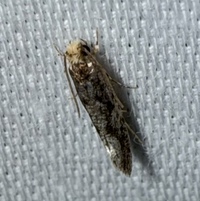
| Recorded by: Marilyn Westphal on 2025-10-14
Henderson Co.
Comment: Verified by dissection. | 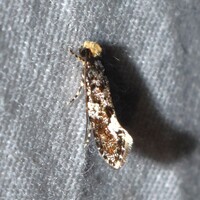
| Recorded by: David George, Stephen Dunn, Jeff Niznik on 2024-04-29
Chatham Co.
Comment: |
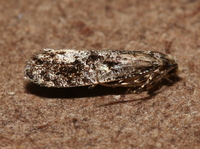
| Recorded by: David George, Jeff Niznik on 2024-04-29
Chatham Co.
Comment: | 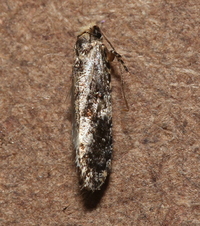
| Recorded by: David George, Jeff Niznik on 2024-04-29
Chatham Co.
Comment: |
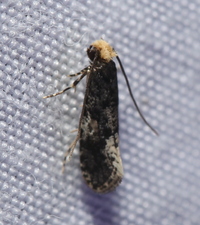
| Recorded by: David George, Jeff Niznik on 2023-09-20
Durham Co.
Comment: | 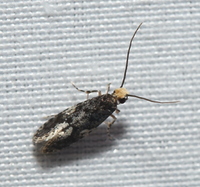
| Recorded by: David George, Jeff Niznik on 2023-09-20
Durham Co.
Comment: |
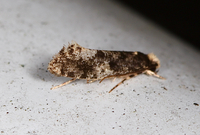
| Recorded by: Jim Petranka, Bo Sullivan and Becky Elkin on 2023-09-15
Macon Co.
Comment: | 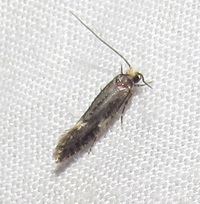
| Recorded by: B. Bockhahn on 2023-06-17
Avery Co.
Comment: |
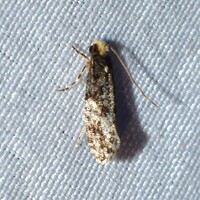
| Recorded by: David George, Jeff Niznik on 2023-06-10
Durham Co.
Comment: | 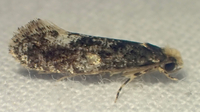
| Recorded by: tom ward on 2022-05-29
Buncombe Co.
Comment: |
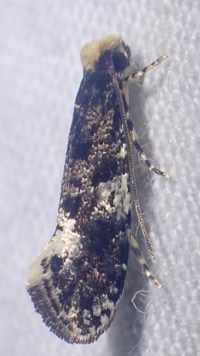
| Recorded by: tom ward on 2022-05-20
Buncombe Co.
Comment: | 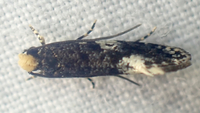
| Recorded by: tom ward on 2022-05-20
Buncombe Co.
Comment: |
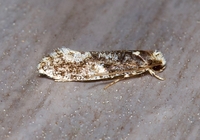
| Recorded by: Jim Petranka on 2020-10-26
Madison Co.
Comment: | 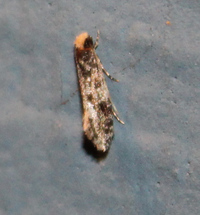
| Recorded by: Vin Stanton on 2020-05-26
Buncombe Co.
Comment: |
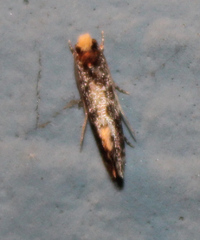
| Recorded by: Vin Stanton on 2020-05-26
Buncombe Co.
Comment: | 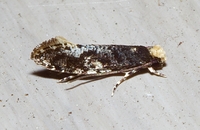
| Recorded by: Jim Petranka and Becky Elkin on 2019-09-24
Madison Co.
Comment: |
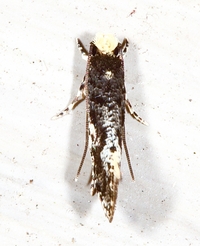
| Recorded by: Jim Petranka and Becky Elkin on 2019-09-24
Madison Co.
Comment: | 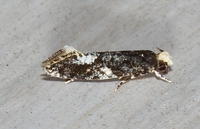
| Recorded by: Jim Petranka and Becky Elkin on 2019-09-16
Madison Co.
Comment: |
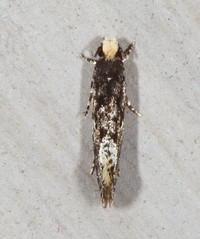
| Recorded by: Jim Petranka and Becky Elkin on 2019-09-16
Madison Co.
Comment: | 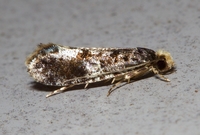
| Recorded by: Jim Petranka and Becky Elkin on 2019-08-02
Madison Co.
Comment: |
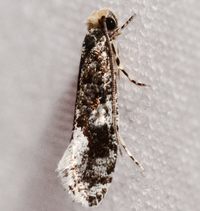
| Recorded by: Kyle Kittelberger, Brian Bockhahn on 2015-06-18
Avery Co.
Comment: | 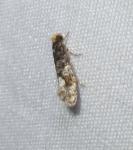
| Recorded by: B. Bockhahn, P. Scharf, K. Kittelberger on 2015-06-17
Avery Co.
Comment: |
|

 »
»



 »
»

